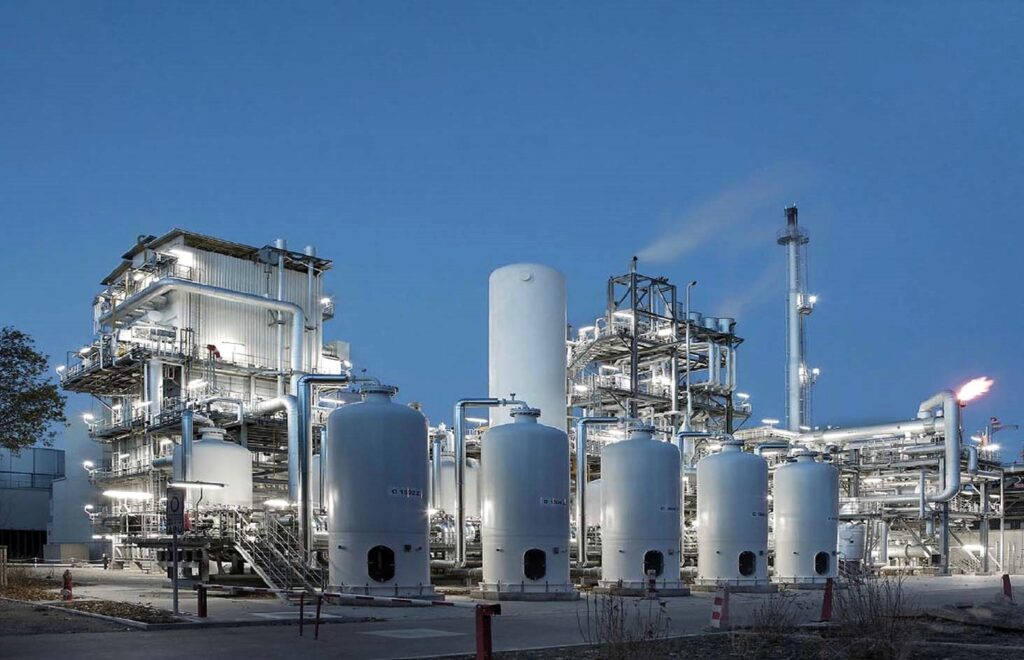

Most popular and growing sections are the automotive industry, chemical industry, petrochemical refining, biological industry, pharmaceutics, electrical & electronic engineering industry.
Europe offers competitive advantages in the industrial sector
Modern manufacturing industry – The industrial sector employs 24.6% of the active population. Portugal ranks 8th position among the world’s largest mould makers, particularly when it comes to moulds for plastics. Big global brands choose European market when it comes to automotive pieces.

One of the European Union countries – Portugal is an expert in the aerospace industry. Footwear industry is one of the most advanced in the world in Europe as well. Shipbuilding and ship repair industry has a strong exporting component. There are various small and large size industries in Europe today which are ready to be taken over. There are amazing and promising projects in the initial stage of their boom. We are supremely talented, well promising, guaranteeing on your investment returns with profit. We support all the projects with proper survey, documentation, detailed investment reports, project details and any other requirements specified by the government of project located country to secure and ensure the investment of our client. For any new start-up we support our clients to analysis the production and sales market with report from reliable experts.

WhatsApp us